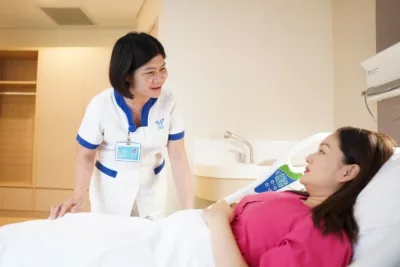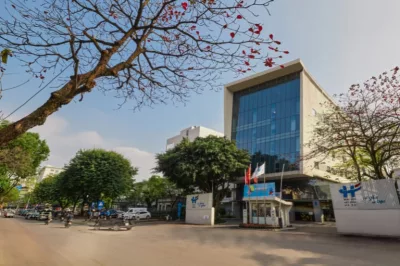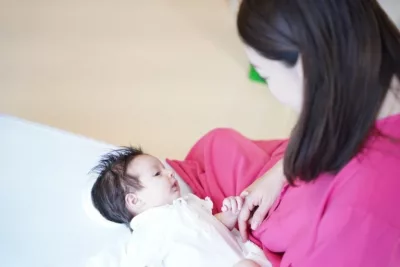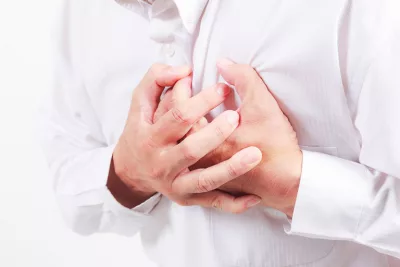What Is Athetoid Cerebral Palsy?
Athetoid cerebral palsy, also known as dyskinetic cerebral palsy, is a condition characterized by involuntary, repetitive writhing movements. It is one of the three most common types of cerebral palsy, alongside spastic and ataxic forms. Males are more frequently affected than females.
Symptoms typically appear early around age two, and can affect most parts of the child’s body.
Patients with athetoid cerebral palsy may display abnormal movements in various body parts, leading to fatigue, tension, pain, and difficulty performing daily tasks such as sitting, standing, grasping objects, and even communicating. Some children may also have trouble hearing or controlling their breathing. However, intellectual abilities are generally not affected in this form of cerebral palsy.
This form can be distinguished from spastic cerebral palsy by variations in muscle tone and from ataxic cerebral palsy by differences in balance and coordination.
How Does Athetoid Cerebral Palsy Manifest?
Children with athetoid cerebral palsy often exhibit slow or rapid twisting movements in their hands, arms, or feet with no clear purpose. When movements are purposeful, they may be overly forceful and rapid. Balance and coordination are also compromised, increasing the likelihood of falls.
These movement disorders stem from damage to the central nervous system, presenting with symptoms such as:
Abnormal Muscle Tone Fluctuations
A hallmark symptom of athetoid cerebral palsy is fluctuating muscle tone. Children may abruptly switch between hypertonia (excessive muscle tightness) and hypotonia (abnormally low muscle tone), making it difficult to control movements. Limbs may become limp or stiff, and children may execute movements too slowly or too quickly. This unpredictability severely impacts basic motor functions like walking, grasping, sitting, and standing.
Poor Motor Control
Children with athetoid cerebral palsy often struggle with intentional movement control. They may be unable to execute deliberate actions or suppress involuntary ones. Common signs include head bobbing, continuous finger or toe movement, and involuntary mouth opening. Drooling may also occur due to impaired control of facial and tongue muscles.
Gross Motor Impairment
Gross motor skills, such as standing, walking, running, and jumping, are typically impaired. Basic activities like walking or maintaining posture may be difficult or impossible.
Chorea (Involuntary Jerking Movements)
Chorea refers to uncontrolled, twisting, or writhing movements, which is a classic symptom of athetoid cerebral palsy. These result from damage to the extrapyramidal system, which helps regulate voluntary motion. When coordination between this system and the cerebellum is disrupted, uncontrolled choreiform movements emerge.
Persistent Primitive Reflexes
Children may retain primitive reflexes that usually disappear as the nervous system matures. Examples include persistent sucking, startle reflex, or swallowing reflex. These lingering reflexes indicate incomplete neurological development, often due to brain damage.
Sensory Regulation Disorders
Some children may exhibit sensory dysregulation, either overreacting or underreacting to environmental stimuli. For instance, a child may respond aggressively to a light touch or remain unresponsive to dangerous situations.
Seizures and Swallowing Difficulties
In addition to motor issues, children may experience seizures, difficulty chewing or swallowing, and hearing loss, especially at higher frequencies.
Paralysis Risks
In severe or prolonged cases, signal transmission from the brain to muscles may be disrupted, potentially leading to partial or full-body paralysis.
Nutritional Challenges
Although muscle wasting is not typical, muscle stiffness or abnormal enlargement may occur, making movement and basic activities more difficult. Nutritional issues may also arise as a result.
These symptoms can significantly affect a child’s daily life. Prompt medical attention is crucial if any unusual signs are observed.
Treatment and Rehabilitation for Athetoid Cerebral Palsy
Common therapeutic approaches include physical therapy, electrotherapy, hydrotherapy, and speech-language intervention. Treatment plans are personalized based on individual needs. Nutrition and lifestyle habits must also be tailored accordingly.
Physical Therapy
Physical therapy helps improve gross motor skills and supports developmental milestones such as head control, rolling, sitting, kneeling, crawling, standing, and walking. As the child progresses, more complex movements are introduced to enhance functional independence.
Electrotherapy
Electrotherapy is often used for children without active seizures. It involves the application of low-frequency direct current to help manage symptoms. Two common methods include Galvanic CaCl₂ application to the neck or back.
Hydrotherapy
Hydrotherapy uses water to relax muscles and reduce muscle tone, enabling children to gain better voluntary control. It is not suitable for children with epilepsy.
Communication and Language Training
Speech-language therapy is essential to improve verbal and non-verbal communication skills. Early intervention helps build social connections and independence.
When engaging with children, therapists and caregivers should speak slowly and clearly using simple sentences. Visual aids, videos, and interactive play can help maintain attention and foster learning. Positive reinforcement encourages ongoing participation and confidence.
Prenatal Care and Prevention
Prenatal checkups play a key role in early detection and risk management. Expectant mothers are advised to choose reputable healthcare facilities that offer comprehensive maternity programs and professional obstetric care.
Note:
This article is for informational purposes only and does not substitute medical diagnosis or treatment. Please consult a qualified healthcare provider for a thorough evaluation and personalized care.
We hope this article has provided a clearer understanding of athetoid cerebral palsy. Timely diagnosis and treatment are critical for reducing long-term impacts and improving the quality of life for affected children. If you need further assistance, feel free to contact us for professional support.








